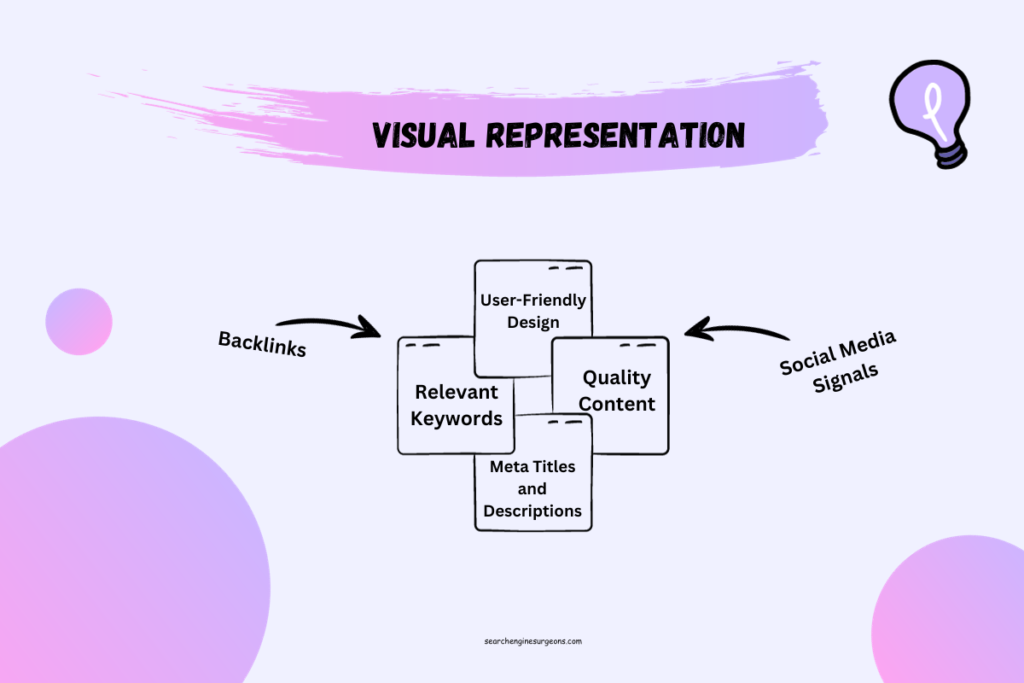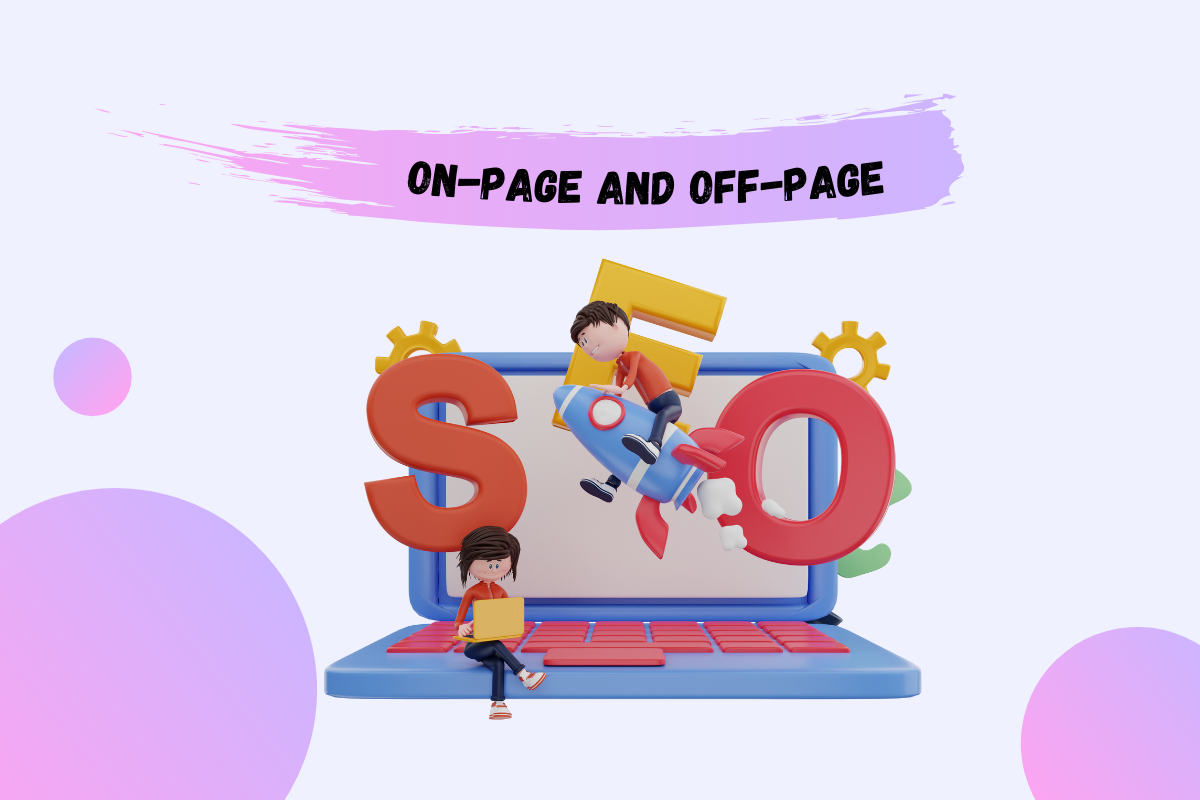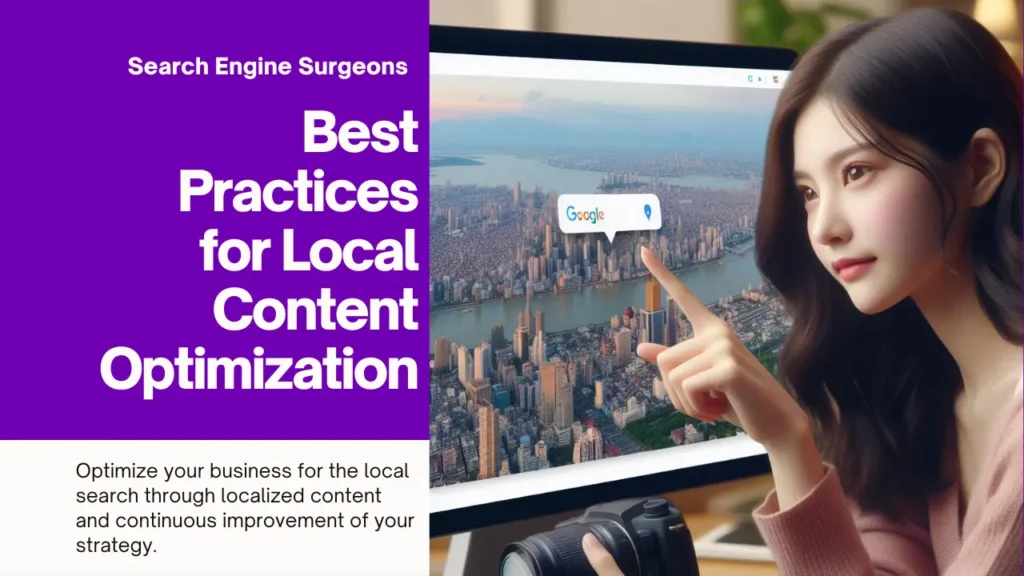What is On-Page SEO?
Defining On-Page SEO
The Elements of On-Page SEO
1. Title Tags:
2. Meta Descriptions:
3. Headings (H1, H2, etc.):
4. Keyword Optimization:
5. Content Quality and Relevance:
6. Internal Linking:
7. URL Structure:
8. Mobile-Friendliness:
9. Page Load Speed:
Best Practices for On-Page SEO
- Do your keyword research: Understand what your target audience is searching for and incorporate those keywords into your content.
- Create high-quality content: Be informative, engaging, and original. Remember, content is king!
- Optimize for mobile: Ensure your website is mobile-responsive for a seamless user experience.
- Keep it speedy: Aim for a fast page load time to retain impatient visitors.
- Use descriptive URLs: Make your website’s structure easy to navigate and understand.
- Regularly update and refresh your content: Fresh content keeps visitors coming back.
What is Off-Page SEO?
You’ve optimized your website with On-Page SEO, but there’s more to the story. Imagine your website as a ship sailing on the vast ocean of the internet. On-Page SEO is the ship’s condition and crew, but Off-Page SEO is the wind that fills your sails, propelling you forward to new horizons.
Demystifying Off-Page SEO
The Pillars of Off-Page SEO
1. Backlinks:
2. Social Signals:
3. Brand Mentions:
4. Guest Posting and Influencer Outreach:
The Role of Content Marketing
Effective Off-Page SEO Strategies
- Build Quality Backlinks: Reach out to authoritative websites and offer to contribute valuable content in exchange for backlinks. Ensure the linking sites are relevant to your niche.
- Leverage Social Media: Actively engage with your audience on social platforms. Share your content and interact with your followers to generate social signals.
- Monitor Brand Mentions: Use tools like Google Alerts to keep tabs on where your brand is mentioned. Reach out to these websites to suggest including a link back to your site.
- Guest Post and Collaborate: Identify reputable websites in your niche that accept guest posts. Write compelling articles and include links to your site. For influencer outreach, build relationships with key figures in your industry and explore opportunities for collaboration.
- Create Exceptional Content: Continually produce high-quality, shareable content. Be it blog posts, videos, or infographics, your content should be informative, engaging, and relevant to your target audience.
- Stay Updated: The digital world is ever-evolving. Keep up with the latest SEO trends and algorithms to adjust your strategy accordingly.
Key Differences Between On-Page and Off-Page SEO
Goals and Objectives
Impact on Rankings and Visibility
Control: In-House vs. Out in the Wild
Short-Term and Long-Term Effects
How On-Page and Off-Page SEO Work Together

The Holistic SEO Approach
A Perfect Harmony
1. Content Quality and Backlinks:
2. Keywords and Social Signals:
3. Internal Linking and Guest Posting:
Real-World Examples
Case Studies
1. Moz
Key Takeaway: Exceptional On-Page SEO can turn your website into an industry leader, attracting both organic traffic and valuable backlinks.
2. Backlinko
Key Takeaway: Proactive Off-Page SEO, like influencer outreach, can significantly boost your website’s credibility and visibility.
3. Shopify
Key Takeaway: The harmonious interaction of On-Page and Off-Page SEO can transform a company into an industry leader.
4. The Wirecutter
Key Takeaway: Quality On-Page SEO combined with Off-Page recognition can turn a review site into a go-to resource in the market.





